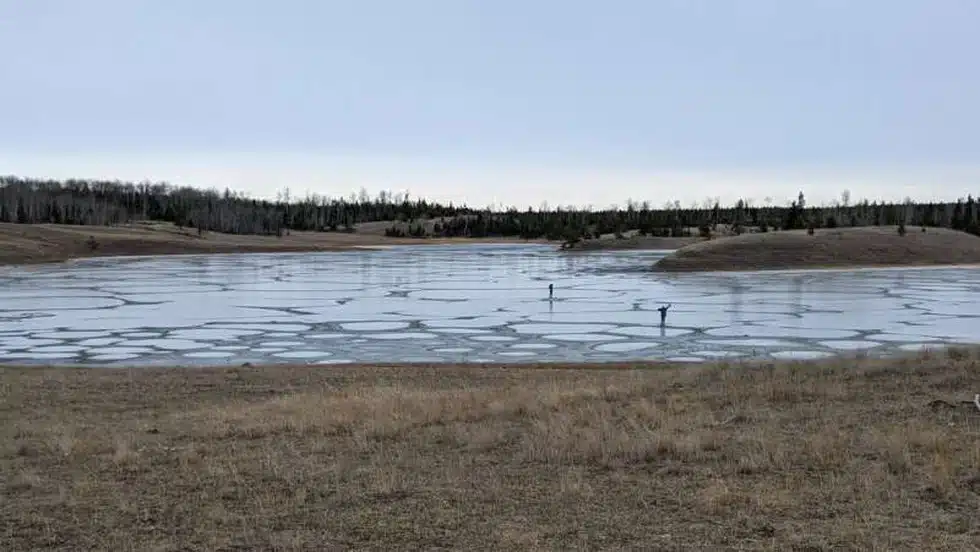About Soda Lake
- It is a lake with a pH value usually between 9 and 11.
- High carbonate concentration, especially sodium carbonate, is responsible for the alkalinity of the water.
- It may also contain a high concentration of sodium chloride and other salts making it saline or hypersaline Lake.
- These are highly productive ecosystems compared to the freshwater lakes.
- These are the most productive aquatic environments on Earth because of the availability of dissolved carbon dioxide.
- They occur naturally in both arid and semi-arid areas.
- Geology and Genesis
- Geological, climatic, and geographic requirements are required for a lake to become alkaline.
- A topography that limits the outflow of water from the lake is needed.
- An endorheic basin is formed when the water is confined without the outflow.
- The pH of the water in the depression rises through the evaporation of the lake which requires a suitable climate like the desert climate to balance between the inflow and evaporation.
- The rate at which carbonate salt dissolve in the lake water depends on the ecology of the surrounding area.
- The relative absence of magnesium and calcium is critical in the formation of the soda lake since magnesium or calcium is likely to dissolve quickly and displace the carbonate ion thus neutralizing the pH of the lake water.
- Biodiversity
- These are dominated by prokaryotes like bacteria and archaea, especially in lakes with higher levels of alkalinity.
- Multicellular organisms such as brine shrimp and fish are found in plenty if not most of the soda lakes.
- Examples Of Soda Lakes
- Africa and Asia have the highest number of soda lakes since the two continents have vast desert conditions which are perfect for the formation of soda lakes.
- Most of the soda lakes in Africa are located in Eastern Africa, especially in Kenya, Tanzania, and Ethiopia.
- Lake Natron in Tanzania is one of the most outstanding soda lakes in Africa
- India and China have the highest number of soda lakes in Asia.
- Some of the soda lakes in Asia include Lake Van, Tso Kar Salt Lake, Pangong Salt Lake, and Lake Zabuye.
Q1) What is salinity?
Salinity is the dissolved salt content of a body of water. It is a strong contributor to conductivity and helps determine many aspects of the chemistry of natural waters and the biological processes within them. Salinity, along with temperature and pressure, helps govern physical characteristics of water such as density and heat capacity.
Source: Shallow soda lakes show promise as cradles of life on Earth
Last updated on January, 2026
→ Check out the latest UPSC Syllabus 2026 here.
→ Join Vajiram & Ravi’s Interview Guidance Programme for expert help to crack your final UPSC stage.
→ UPSC Mains Result 2025 is now out.
→ UPSC Notification 2026 is scheduled to be released on January 14, 2026.
→ UPSC Calendar 2026 has been released.
→ UPSC Prelims 2026 will be conducted on 24th May, 2026 & UPSC Mains 2026 will be conducted on 21st August 2026.
→ The UPSC Selection Process is of 3 stages-Prelims, Mains and Interview.
→ Prepare effectively with Vajiram & Ravi’s UPSC Prelims Test Series 2026 featuring full-length mock tests, detailed solutions, and performance analysis.
→ Enroll in Vajiram & Ravi’s UPSC Mains Test Series 2026 for structured answer writing practice, expert evaluation, and exam-oriented feedback.
→ Join Vajiram & Ravi’s Best UPSC Mentorship Program for personalized guidance, strategy planning, and one-to-one support from experienced mentors.
→ UPSC Result 2024 is released with latest UPSC Marksheet 2024. Check Now!
→ UPSC Toppers List 2024 is released now. Shakti Dubey is UPSC AIR 1 2024 Topper.
→ Also check Best UPSC Coaching in India

















